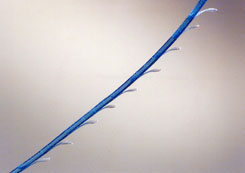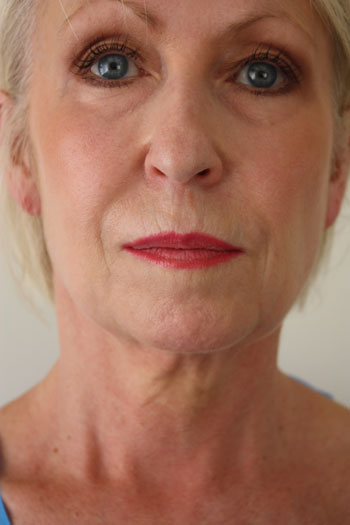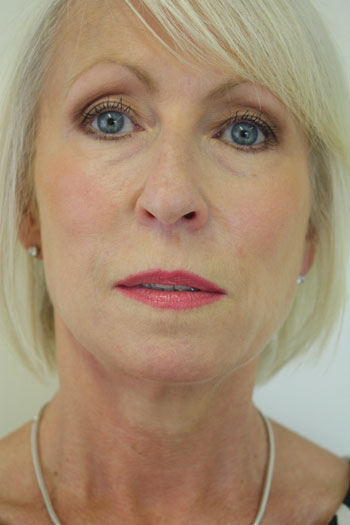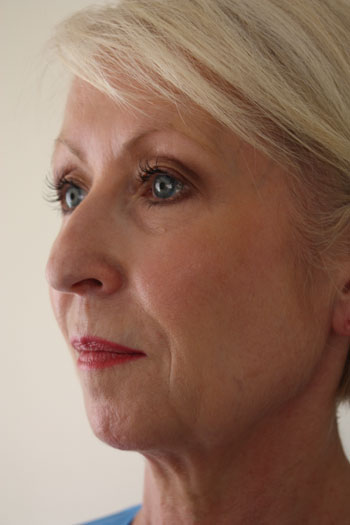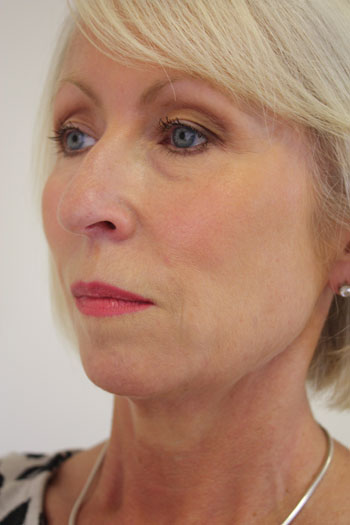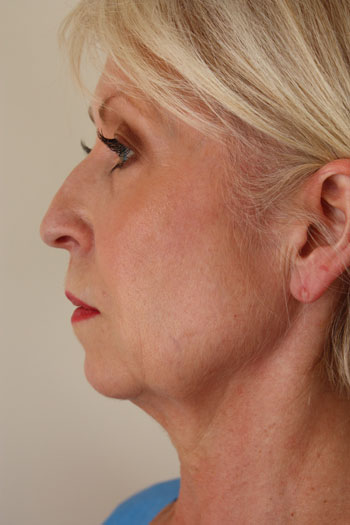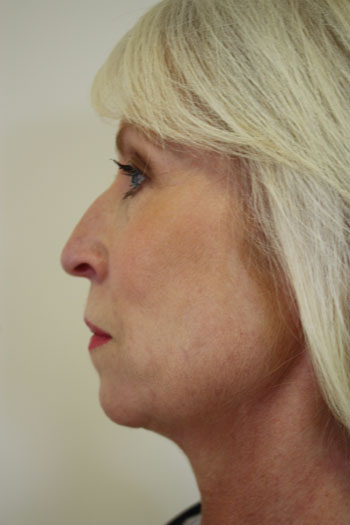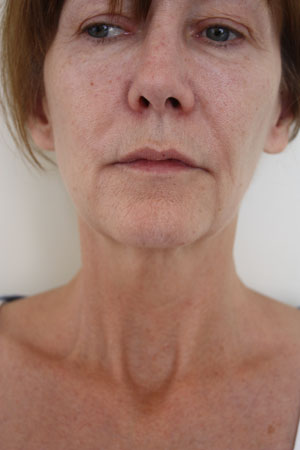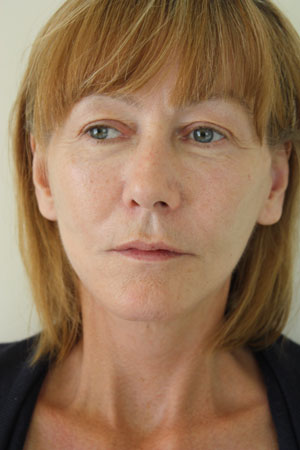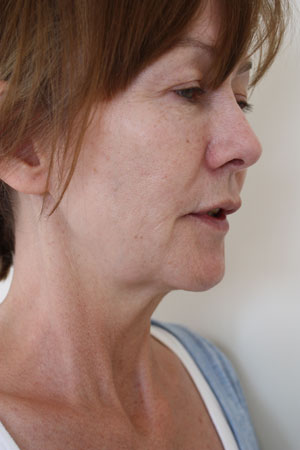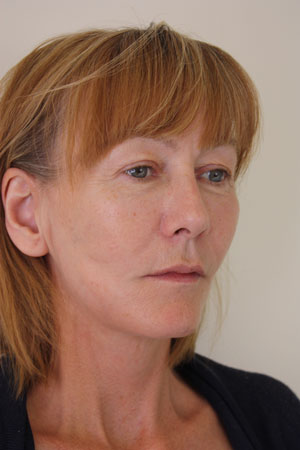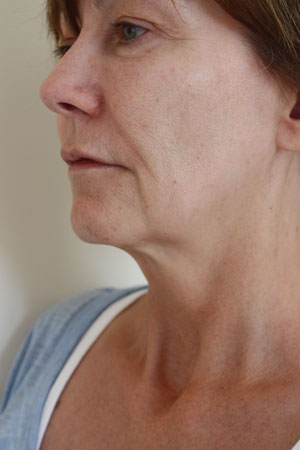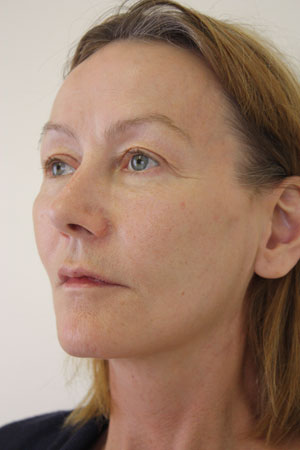Your first discussion with a surgeon should set out what you expect from a thread lift and how you would like to look afterwards.
Careful discussions regarding the reasons for wanting a thread lift and your suitability for this type of surgery are very important at this stage. Make sure that you obtain as much information as is possible to help you to make a fully informed choice. The sagging of tissue of your face is then carefully assessed by your surgeon to determine which areas of your face and/or neck are to be treated.
It may be that a thread lift is not the most suitable procedure for you, or that you may need further cosmetic help in addition to the threads in order to achieve the results that you desire.
A medical history should also be taken, to ensure that there are no reasons why you shouldn’t have this procedure. You would normally be asked to sign a consent form at this time which means that you have understood the potential benefits and risks associated with a thread lift.
The surgeon may also wish to write to your G.P. giving details of the procedure, so that if there are any problems associated with it in the short or long-term, your doctor is aware of the procedure and can help you to recover.
Photographs may also be taken by the practitioner, as a “before and after” comparison at a later date. You will most likely be marked with a special pen prior to the treatment, whilst standing up (to get the full effects of gravity), and the pre-operative photographs taken both without the markings and with, in order to facilitate a retrieval of the threads in case that became necessary in the future.
Anaesthesia
This procedure is usually performed using a local anaesthetic, and you may also be given sedation via an intravenous drip to make you drowsy, so that you remain awake but feel very little discomfort during the operation.
The procedure
Implantation and positioning of the threads is quick and takes approximately 30 minutes to 2 hours depending on the number of areas being treated and the type of threads used.
Free floating barbed threads
Using a hollow guiding needle, such as a spinal needle, the barbed threads are inserted into the subcutaneous fat under the skin, through the small incision points made by the needle, which are about 1-2 millimetres in size, and along the contours that were previously marked on your face by your surgeon.
The needle containing the thread is then positioned to provide the required correction and removed. The microscopic cogs on the threads then attach to the underside of the skin and gently lift the skin and secure it in the desired position. The excess thread is trimmed so it does not appear above the skin surface.
The number of threads required is dependent on the number of areas being treated; such as brow lift, cheek or jowl lift or even neck lift. A full face thread lift requires approximately 18 barbed threads, although as not everyone will need a full face lift normally you would require about 2 for each brow, 3 for each cheek, 2 for each jaw line and 2 for each side of the neck. Once under the skin the threads are approximately 5 to 8 centimetres long, when cut to fit your facial contours.
Suspension or smooth threads
Suspension threads are inserted into the skin using a standard needle, but in order for them to sustain a lift they do need to be attached to the so called “anchoring point”. The anchoring points are stable points of the scalp or face, and they are different for the different areas of the face and body. Therefore, a detailed knowledge of the anatomy is essential in order to know which part would provide a good anchorage for the lift, and it is essential to avoid structures which are going to give way after a while or stretch and deform, therefore reducing the lifting effect. Hence, as far as a practitioner is concerned this is a more technically demanding procedure, requiring some basic surgical skill and knowledge of the anatomy.
Results
One treatment per area is usually all that is required to achieve the desired effect, often with immediate visible results, even more so after about 3 - 4 weeks. However, the results continue to improve over a 3 - 6 month period as your own collagen begins to grow around the threads aiding the lifting effect.
The effects of a thread lift using barbed threads are said to last up to five years.
However it is noted by some experts that the results of the suspension lift are more dramatic than those of the free floating barbed threads, and that they are longer lasting. Whilst the free floating threads have been known to slip and not hold the lift as well, the suspension threads are said to hold the lift for much longer. In the case of non-resorbable sutures this could be for many years until the suture loses its strength. In the case of resorbable sutures usually, after the suture is resorbed into the skin the so called vector of pull is formed, which is really fibrotic (scar) tissue that maintains the lift long after the suture has been reabsorbed.

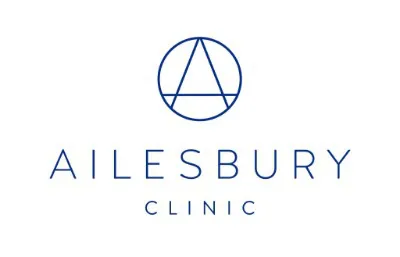
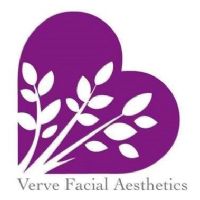
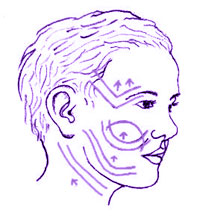 As we age, the effects of gravity become more noticeable on our faces. The supporting tissue of the cheeks weakens and starts to sag, facial fat is lost, the jaw line that used to be firm and tight forms jowls at the edges of the mouth that drift down towards the chin, and the lower face and neck sags. This sagging or drooping action of the tissue is referred to by doctors as ptosis, (pronounced toe-sis).
As we age, the effects of gravity become more noticeable on our faces. The supporting tissue of the cheeks weakens and starts to sag, facial fat is lost, the jaw line that used to be firm and tight forms jowls at the edges of the mouth that drift down towards the chin, and the lower face and neck sags. This sagging or drooping action of the tissue is referred to by doctors as ptosis, (pronounced toe-sis). 